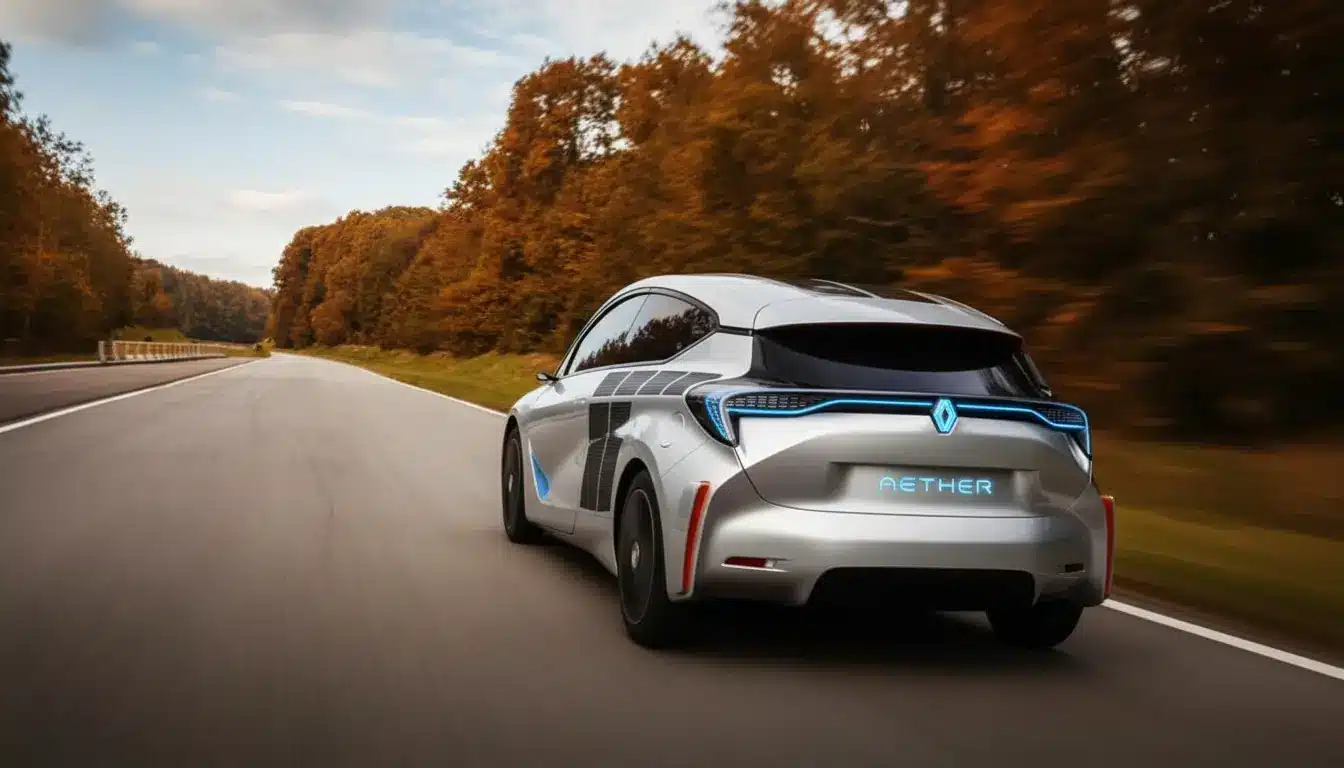Trading a Mercedes badge for a sub-€30,000 Chinese EV sounded like a gamble, but if you’re picturing dashed hopes and remorse-filled commutes—think again. My daily life swapped premium glitz for value-packed smart features, and the outcome may just upend your assumptions.
The BYD Dolphin and MG4: Setting the Standard for Budget-Friendly EVs
The BYD Dolphin has rapidly become a benchmark in the Dutch market, launching in the Active variant at just €29,990. This compact electric aims directly at Europe’s mainstream B/C-segment bestsellers, those practical everyday workhorses commuters love.
The MG4, perched just above the Dolphin in price, is still very much in the game. It delivers a comparable deal but sweetens things with a sportier character and rear-wheel drive—a detail that appeals when you want more than just a point-A-to-point-B appliance.
Highways, Charging, and the Reality Check
Let’s get practical: if you spend hours on the highway clocking up miles, take heed. The entry-level Dolphin maxes out at 60 kW for fast charging. During long trips, that means it doesn’t keep up with its pricier siblings in terms of sheer relaxation—those charger stops can test your patience (and your playlist).
That’s why seasoned testers often recommend the Comfort version. It strikes a better balance between the price tag, charging speed, and included features, smoothing out the experience whether you’re running errands or tackling the autobahn (or, well, the highway to work).
The real eye-opener comes with your charging routine. Slow charging at home or work? You’ll barely miss higher fast-charging rates from the costlier EVs. But if long journeys are your bread and butter, planning is essential: 60–88 kW on highways means every trip needs a charger strategy. Investing in versions with improved charging capabilities lets these Chinese EVs click perfectly into a packed diary.
From Mercedes to Chinese EV: What You Actually Notice
- Drive Trains: BYD and MG powertrains are unexpectedly mature. In the city, torque is immediate, peace and quiet reigns, and efficiency is spot-on for Dutch speed limits.
- Details: The big revelation when exiting a Mercedes? Damping, seat shape, and sound insulation in these price tags “do the job”—but they aren’t as refined as what you may be used to. The difference is subtle, but present.
- Software: This is a strong suit: big screens, brisk connectivity, and updates that genuinely add functions. However, some driver assistance features take getting used to, and notifications are set to ‘enthusiastic’, which might grate if you cherish zen-like calm.
Value, Insurance, and the Rational Verdict
Consider the total package: a Chinese EV around or under €30,000 in 2025 makes compelling rational sense. You enjoy generous equipment, respectable range, and ultra-low energy costs per kilometer. Life gets predictable—in a good way. But hold the confetti: insurance costs have kicked up in recent years, partly thanks to higher EV repair bills. Premiums may surprise you by being heftier than you’d expect for a compact car.
Does emotion still favor premium brands? For now, yes: finish and finesse still shine brighter from the likes of Mercedes. But if you look at the numbers—and let’s not pretend we all don’t—here’s the surprisingly clear-cut verdict: pick the right version, and you sacrifice less than you’d imagine. A Dolphin Comfort, or a keenly priced MG4, transforms your work-life drive into an effortless, whisper-quiet routine. Maintenance bills? Forget about them; your feed’s full of software updates instead.
In summary: know your needs, know your charging habits, and the leap from Mercedes to ‘Made in China’ isn’t just rational—it feels like a sensible, even clever, upgrade.

John is a curious mind who loves to write about diverse topics. Passionate about sharing his thoughts and perspectives, he enjoys sparking conversations and encouraging discovery. For him, every subject is an invitation to discuss and learn.





